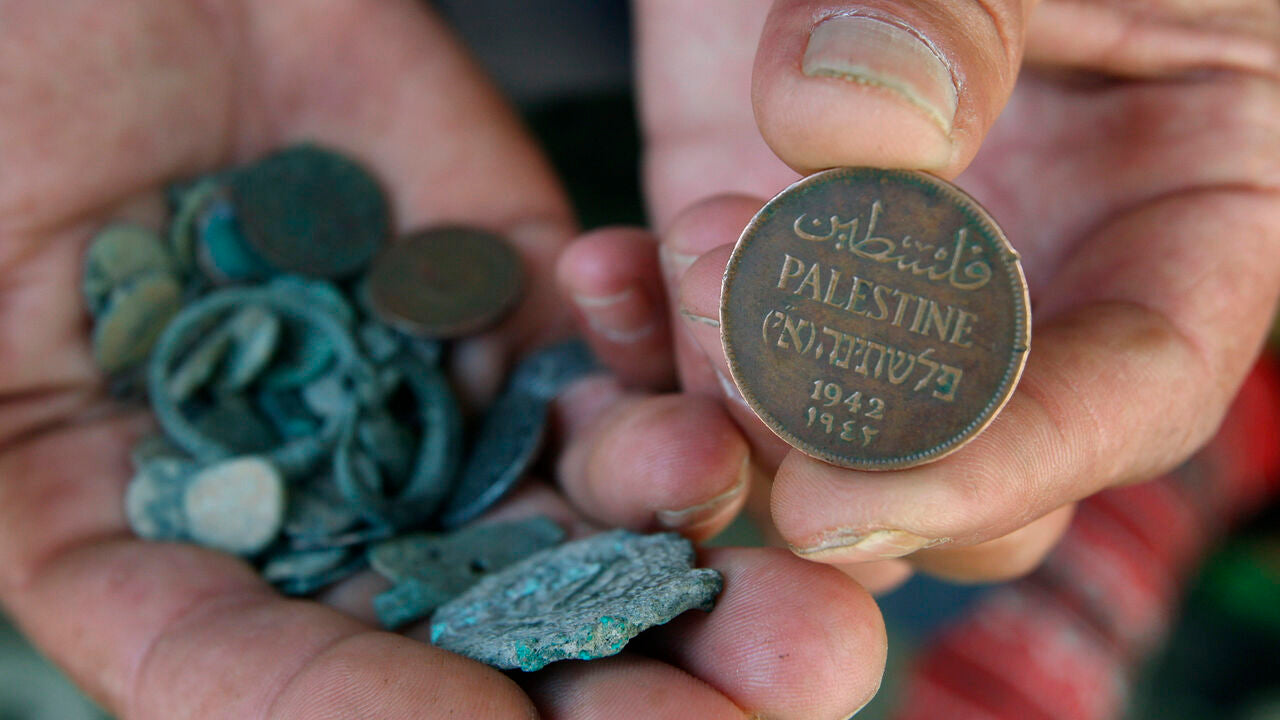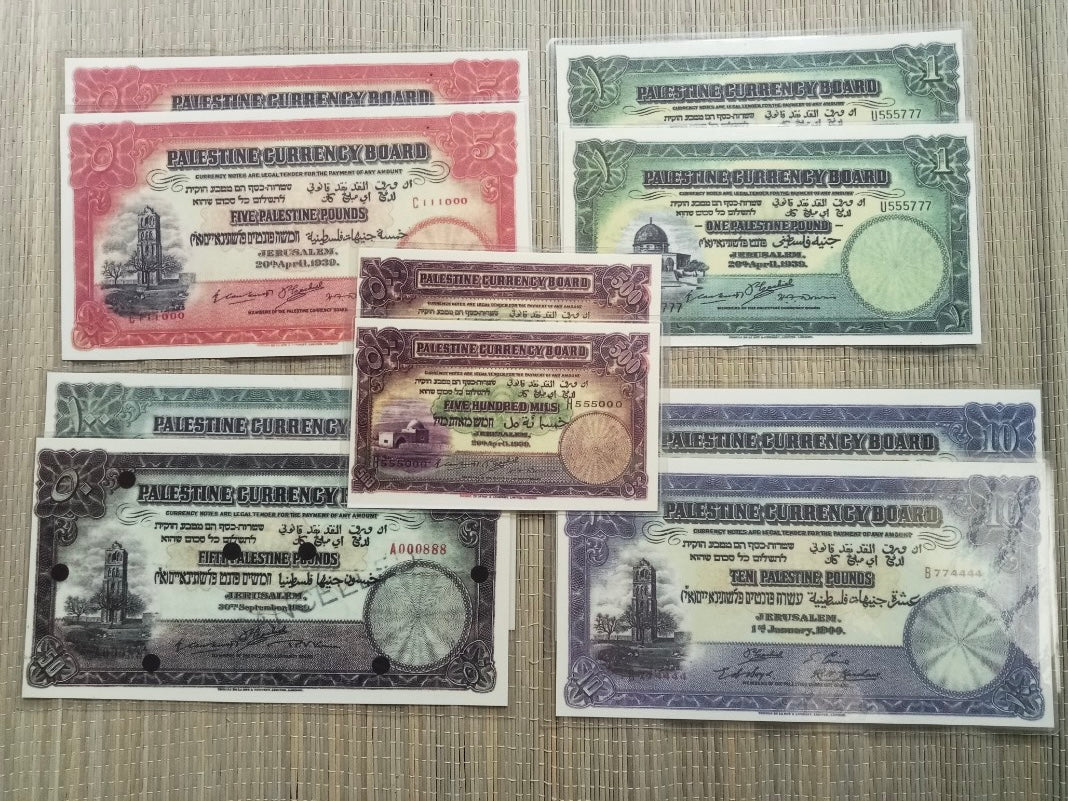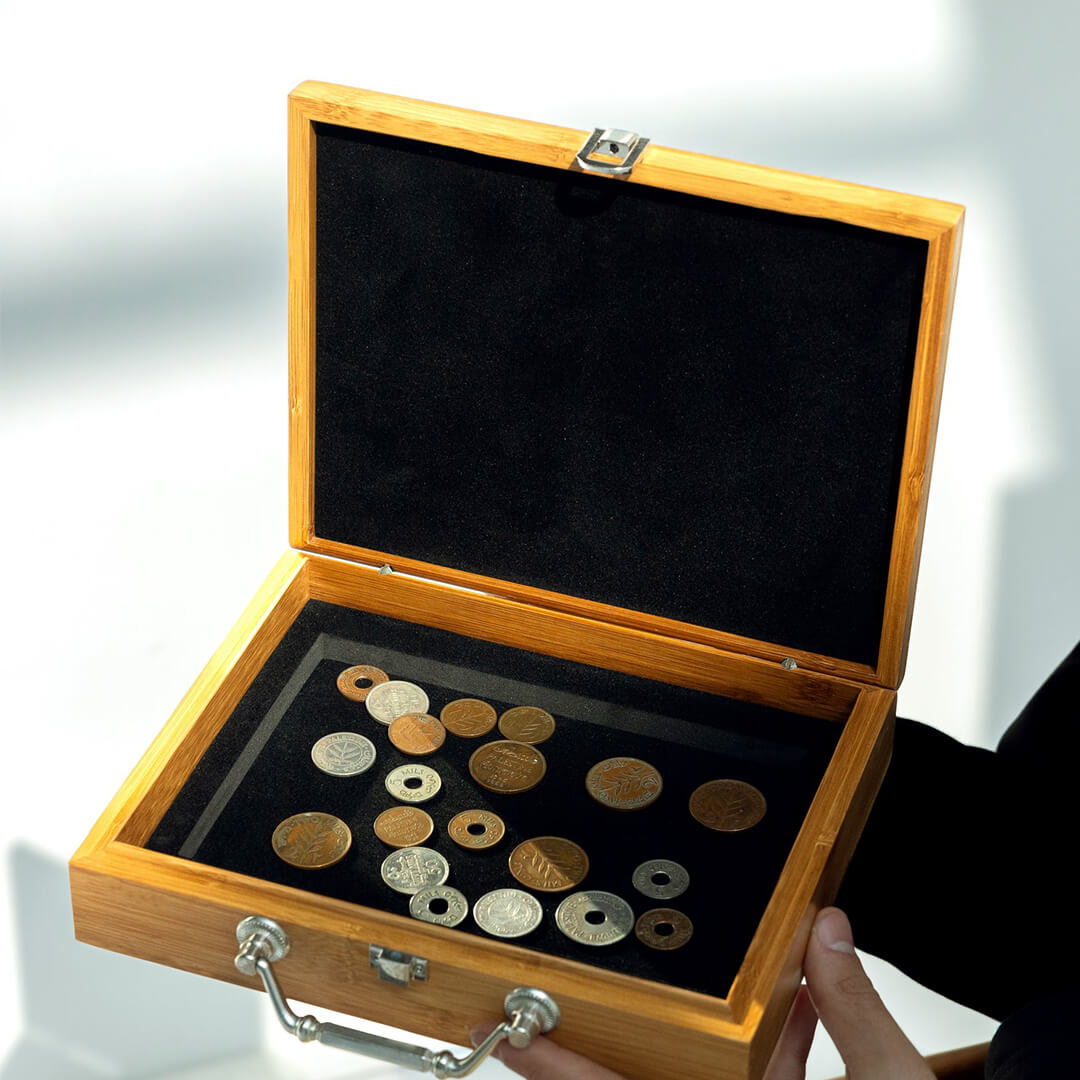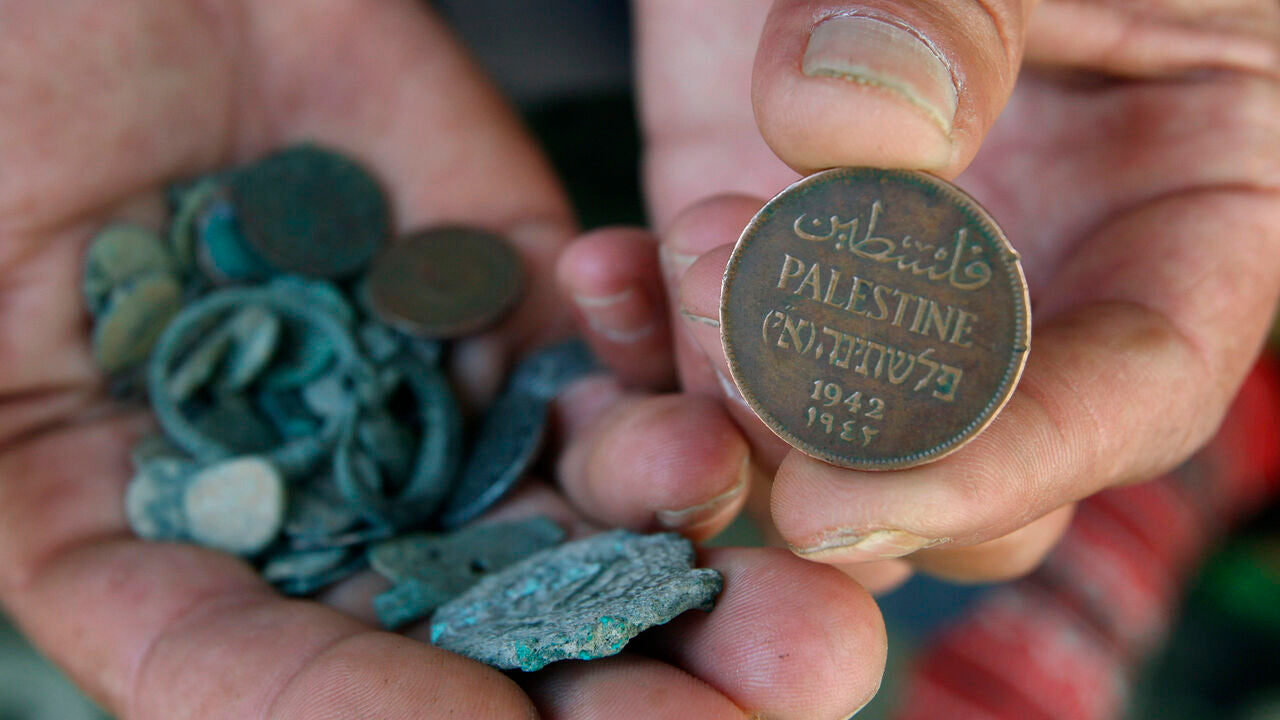The Palestine Pound: A Piece of History
The Palestine pound is more than just money; it represents an important time in Palestine's history. It was introduced during the British Mandate and became a key part of everyday life, showing the changes happening in the region. In this article, we will look at where the Palestine pound came from, its features, and why it still matters to collectors and historians today.
Where the Palestine Pound Came From
The Palestine pound was created in 1927 to replace the Ottoman lira when the British took control of Palestine from 1920 to 1948. The British wanted to create a stable form of currency to help the economy grow during a difficult period. The Palestine Currency Board was in charge of making the banknotes and coins.
Types of Money and Materials
The Palestine pound was made up of 1,000 smaller units called mils. There were different coins used, including 1, 2, 5, 10, 20, 50, and 100 mils. The smaller coins (1 and 2 mils) were made from bronze, while the larger ones (5, 10, and 20 mils) were made from a mix of metals called cupro-nickel. During World War II, some coins were made from bronze due to metal shortages. The 50 and 100 mil coins were made of silver, making them special and valuable.
Designs and Inscriptions
The designs on the Palestine pound showed the diverse cultures in the region. The coins and banknotes had writing in English, Arabic, and Hebrew, representing the different communities living together. The images on the coins showed important places and symbols of Palestine, giving them more meaning.
Economic Importance
The Palestine pound was crucial for stabilizing the economy during a time of great change. It helped with trade and made economic activities more organized. However, the pound faced challenges like inflation and instability that affected its value and how people viewed it.
The End of the Palestine Pound
The Palestine pound was used until May 14, 1948, when the British left, and the State of Israel was established. After that, it was replaced by the Israeli pound, leading to the end of the original currency. The Palestine pound is still remembered as a symbol of a unique and complex time in history.
Collecting Palestine Coins
Today, many people collect coins from the Palestine pound. Each coin tells a story and connects to the past, making them interesting to history lovers. Collecting these coins helps preserve the history of Palestine and gives insight into life during the British Mandate.
Conclusion
The Palestine pound is more than just a form of money; it represents the history and culture of a region that has experienced many changes. Learning about the Palestine pound helps us better understand its past and the stories that each coin holds. Whether you’re a collector or just curious about Palestine’s history, the legacy of the Palestine pound is definitely worth exploring




